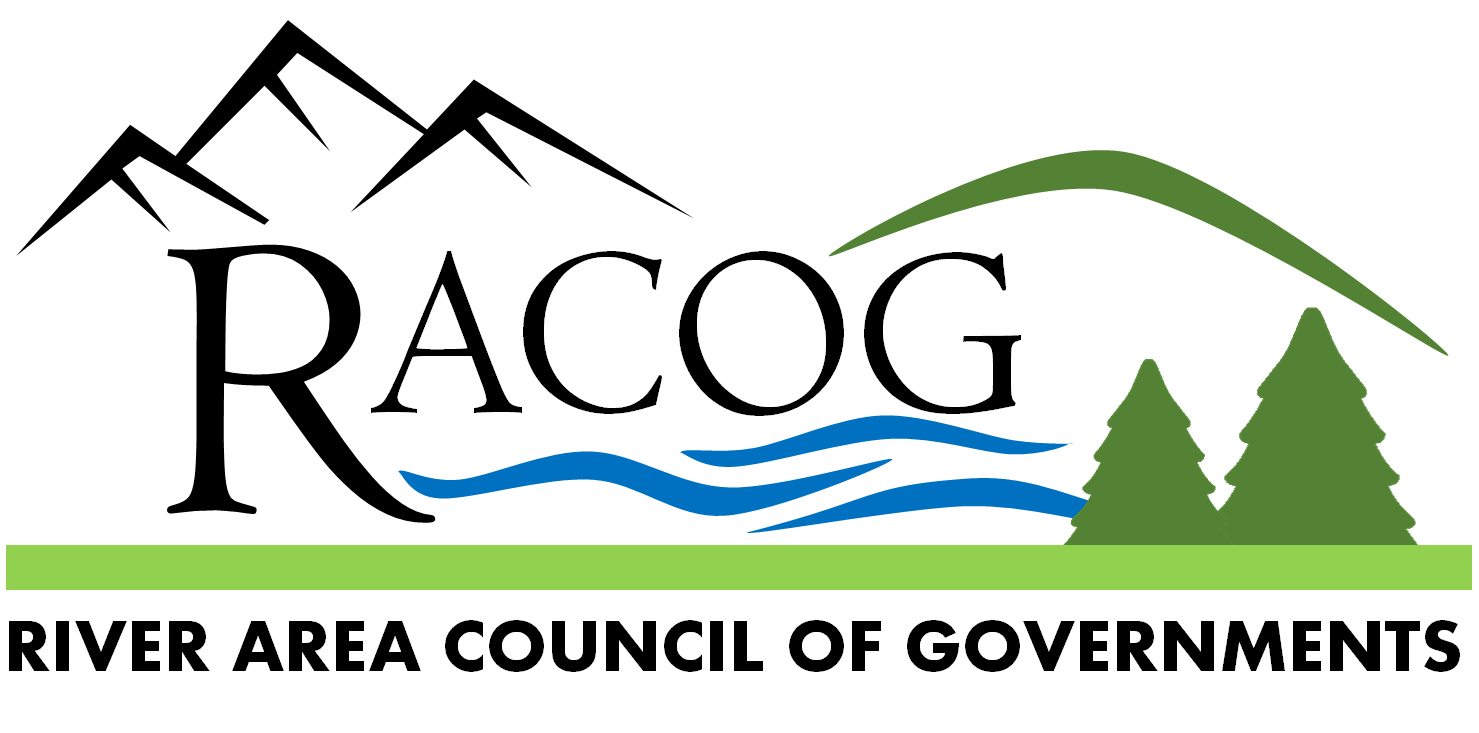History
Management Study
- The impetus for the formation of the River Area Council of Governments (RACOG) stemmed from a 1998 management study. The management study was designed and implemented in response to economic concerns associated with the closing of two major industries in the respective towns and villages.
- The purpose of the study was to assist in the development of a range of alternatives in which municipalities could provide residents with services through cooperation that are more effective and efficient in their delivery.
- The management study was designed by DMG-MAXIMUS, a professional consulting firm from Framingham, Massachusetts, for an unbiased report that adds credibility to the findings.
- (Link to Management Study.)
- The Tug Hill Commission, Jefferson County Planning, Development Authority of the North Country, Jefferson County Job Development Corporation, and the New York State Comptrollers Office acted as a third party entities that would objectively structure the data and lend credibility to the study.
- The groups mission statement is to analyze, study, and remove, if necessary, organizational and administrative barriers to economic growth and fiscal stability that might exist in and between the villages of Carthage and West Carthage. And, to identify opportunities for cooperation which could enhance the quality of life and improve service delivery in our communities.
- The management study collected data through a community survey that was distributed to every household and business. A 38% response rate between the two villages provided broad participation.
- Nine functional service areas were identified in the study and are listed as follows: Fire; Police; Highway and Streets; Housing; Water and Wastewater; Administration; Planning, Zoning & Building Code; parks and Recreation; and Economic Development.
- The management study was completed in July 1999 and reported its findings in November 1999.
- Seed money to fund the management study was identified and put forth by Senator Wright.
RACOG
- The townships of Wilna and Champion and villages of Carthage and West Carthage banded together January 2000 to discuss cooperation on seven of the identified functional areas that would improve service delivery to enhance the quality of life for residents.
- February 29, 2000 the Intermunicipal Agreement was adopted by G. Wayne McIlroy, President of Carthage; Don Getman, Mayor of West Carthage; Larry Gerber, Town of Wilna Supervisor; and Terry Buckley, Town of Champion Supervisor; to form the River Area Council of Government (RACOG).
- June 20, 2000 respective representatives of the four municipalities signed the Intermunicipal Agreement.
- October 18, 2000 – RACOG agreed to hire a Circuit Rider to provide services and facilitate the addressing of issues of common and individual concerns to the RACOG municipalities and Rt. 3 Sewer Board. Her role is to serve as a link to technical resources through the Tug Hill Commission and is an organizer and facilitator.
- New York State Office of the Comptroller Teleconference to discuss RACOG Intermunicipal Agreement.
Qualities Community Grant
- RACOG requested $30, 000 in a New York State Quality Communities Development Program Grant Application (QCDPRA) that targets a two-pronged approach to an Intermunicipal downtown revitalization and neighborhood redevelopment plan.
-
- Review plans for land use and administrative instruments in the four municipalities to produce specific recommendations for standardization of terms and provisions of land use controls, and recommendations for changes that would strengthen the desired effect of these management tools.
- Prepare an Intermunicipal downtown revitalization and neighborhood redevelopment plan for the villages of Carthage and West Carthage in which specific initiatives can be guided and/or supported. Both villages would participate in the development of a joint revitalization plan for their contiguous “Main Streets” from one end of one downtown area across the river to the other end of the neighboring village’s downtown.
- New York State Department of State Qualities Community Development Program Grant was approved in November 2000.
Revitalization Initiatives
The mission of the revitalization initiatives is a living document that is designed to be flexible as it moves through the process. In general the mission is to improve the environment for investment and growth in the State Street, Broad Street, and Bridge Street areas of the community.
- Consultants from Tug Hill Commission, Jefferson County Planning, Jefferson County Job Development Authority joined together with the Circuit Rider, and State Street Initiative Chairman to discuss community options in a series of preplanning meetings, as it relates to the input of the revitalization initiatives.
